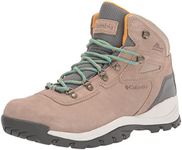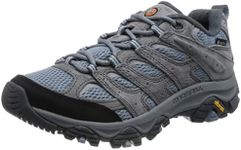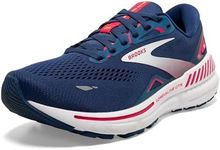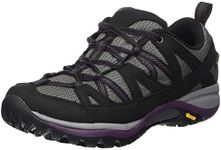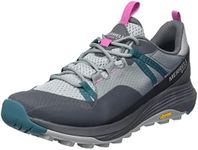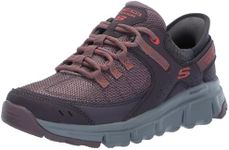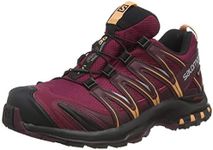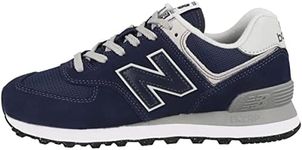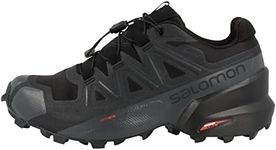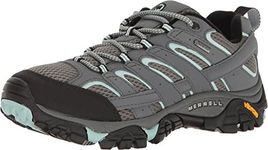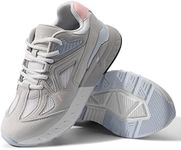Buying Guide for the Best Walking Shoes For Women
Choosing the right walking shoes is crucial for comfort, support, and overall foot health. Whether you're walking for exercise, commuting, or leisure, the right pair of shoes can make a significant difference in your experience. Here are some key specifications to consider when selecting walking shoes for women, along with explanations to help you make an informed decision.FitThe fit of the shoe is one of the most important aspects to consider. A well-fitting shoe should have enough room in the toe box to wiggle your toes, a snug fit around the heel to prevent slipping, and adequate arch support. Shoes that are too tight can cause blisters and discomfort, while shoes that are too loose can lead to instability and foot pain. To find the right fit, try on shoes at the end of the day when your feet are slightly swollen, and wear the socks you plan to use with the shoes.
Arch SupportArch support is essential for maintaining proper foot alignment and preventing pain. Walking shoes typically come with varying levels of arch support: low, medium, and high. If you have flat feet, you may need shoes with low arch support, while those with high arches may require more substantial support. Consider your foot type and any existing foot conditions when choosing the level of arch support.
CushioningCushioning in walking shoes helps absorb impact and provides comfort during long walks. Shoes with more cushioning are ideal for those who walk on hard surfaces or have joint issues, as they can reduce stress on the feet and legs. If you prefer a more natural feel, you might opt for shoes with minimal cushioning. Think about where you'll be walking and your personal comfort preferences when selecting the amount of cushioning.
WeightThe weight of the shoe can affect your walking experience. Lightweight shoes are generally more comfortable for long distances and can help reduce fatigue. Heavier shoes may offer more durability and support but can be cumbersome for extended wear. Consider how far and how often you walk to determine the best weight for your needs.
BreathabilityBreathability refers to how well the shoe allows air to circulate, keeping your feet cool and dry. Shoes made with mesh or other breathable materials are ideal for warm weather or long walks, as they help prevent sweat and odor. If you walk in cooler climates or need more protection from the elements, you might opt for shoes with less breathability but more insulation.
DurabilityDurability is important for ensuring your walking shoes last through many miles. Look for shoes with sturdy construction and high-quality materials that can withstand wear and tear. If you walk frequently or on rough terrain, durability becomes even more crucial. Assess the materials and build of the shoe to ensure it meets your durability needs.
TractionTraction refers to the grip the shoe provides on various surfaces. Good traction is essential for preventing slips and falls, especially if you walk on uneven or slippery terrain. Shoes with rubber soles and textured patterns typically offer better traction. Consider the types of surfaces you'll be walking on to choose the right level of traction.
